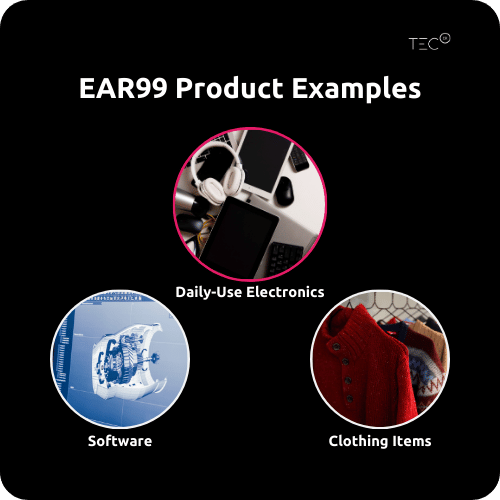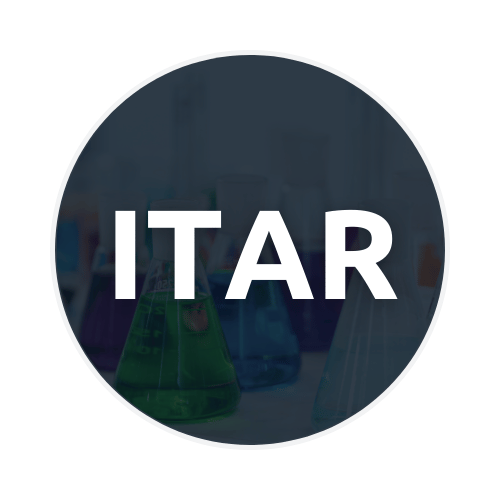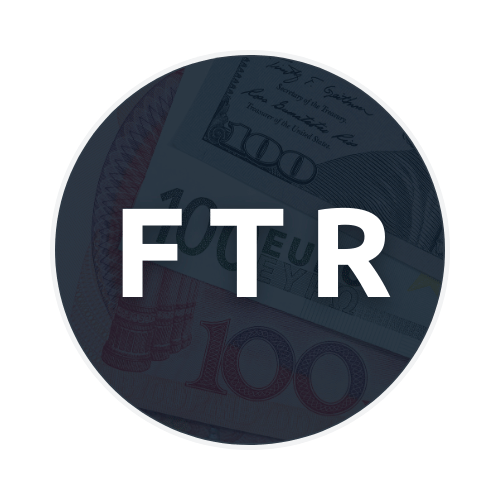Exporting technology and goods across international borders can be a lucrative venture, but it’s not without its challenges. One of the critical factors in ensuring smooth exports is understanding export control regulations like the Export Administration Regulations, which govern the export of a wide range of products, including electronics, software, and components. An often misunderstood classification within the Export Administration Regulations system is EAR99.
Let’s explore the Export Administration Regulations, the purpose of EAR99, how to classify products under this designation, as well as the export requirements and exceptions that apply to these products.
What Are the Export Administration Regulations?
The Export Administration Regulations are a set of US government rules administered by the Bureau of Industry and Security (BIS) under the US Department of Commerce. These regulations govern the export and re-export of goods, software, and technology from the US to other countries. The primary goal of the Export Administration Regulations is to protect national security and advance foreign policy interests while facilitating global trade.
Export Administration Regulations regulate not only military and dual-use products but also certain commercial goods. Companies engaged in international shipping must classify their products according to the Export Administration Regulations to determine if any restrictions apply to their export.
What is EAR99? Purpose and Significance
EAR99 is a designation under the Export Administration Regulations. The EAR99 designation is used for products, software, and technologies that are not specifically listed on the Commerce Control List (CCL).
The EAR99 classification is a category of products that may not require a license for export under most circumstances but still require compliance with specific regulatory guidelines.

In essence, EAR99 refers to low-risk items—products that are not inherently subject to tight controls. These goods typically don’t require an export license to be shipped to most countries. However, they must still adhere to general export regulations, including restrictions related to end-use and end-users.
What Is a No License Required (NLR) Designation?
When an item is classified as EAR99, it often has an NLR (No License Required) designation. This means that no export license is needed for most transactions. However, this designation is contingent on a few conditions. We discuss these conditions a bit later.
An NLR status simplifies the compliance process for exporters, reducing the complexity of managing export licenses. However, exporters should always verify the recipient’s country and end user to avoid potential violations of US export laws.
How to Determine Export Administration Regulations and EAR99 Classifications
To determine if a product falls under EAR99 or other Export Administration Regulations, you need to assess whether it is listed on the CCL. If the item is not on the CCL, it is most likely an EAR99 item.
But remember, depending on the destination country or the end user, even EAR99 items might require an export license!
Export Requirements and Exceptions for EAR99 Products
Although EAR99 items are generally free from licensing requirements, there are some notable exceptions:
Embargoed or Sanctioned Countries
Due to sanctions and embargoes, exports to countries like Cuba, Iran, North Korea, and Syria typically require an export license regardless of the product’s classification.
End-Users and End-Uses
If the product is destined for a prohibited end user or a military or defense-related use, an export license may be required.
Sensitive Technologies
Certain EAR99 products may involve technology or software with potential military applications. In such cases, the BIS may impose license requirements.
Complexities of Importing and Exporting Regulated Goods
The complexities of importing and exporting regulated goods are magnified when dealing with international shipping. Exporters must navigate a range of compliance challenges, including:
Local Import Laws
Each country has its own import laws, some of which may restrict specific items or impose tariffs. These laws need to be aligned with US export regulations.
Product-Specific Regulations
Some goods, such as chemicals, pharmaceuticals, and high-tech equipment such as GPUs, may be subject to additional restrictions even if they fall under EAR99.
Documentation
Proper documentation is required for exporting dual-use or regulated goods, including export licenses (if needed), commercial invoices, and certificates of origin.
Customs Compliance
Understanding the destination country’s customs compliance processes and regulations can help ensure that goods move smoothly through customs without delays.
Shipping goods across international borders can be a complex process, especially when dealing with regulated products. Our EOR and export solutions ensure that your goods are compliant with all export administration regulations throughout the whole shipping journey.
Steps to Export Compliance Success
To stay compliant with export administration regulations and export EAR99 items, here’s a step-by-step approach:
Other Export Classifications: ITAR, ECCN, FTR, CCL
The US export administration regulations system includes several other key classifications besides EAR99. Understanding the differences between these classifications is essential for successful export compliance:

ECCN (Export Control Classification Number)
Products listed on the CCL are assigned an ECCN. This number determines whether a product requires an export license based on its nature and destination.

ITAR (International Traffic in Arms Regulations)
ITAR governs the export of defense-related items and services, as well as military technology. Products on theUnited States Munitions List (USML)fall under ITAR control and require more stringent licensing requirements.

FTR (Foreign Trade Regulations)
TheFTR governs export reporting and the submission of export information to the US Census Bureau.

CCL (Commerce Control List)
This is a list of items controlled for export due to national security concerns, nonproliferation, or other reasons. Depending on their classification, products listed here may require a license.
Each classification has its own set of rules, requirements, and exceptions, so understanding these distinctions is key to compliance.
Countries with Stringent Export Administration Regulations
Export control does not apply only to the US. There are other countries that have rigid export administration regulations that require additional compliance efforts from the exporter. These countries include:
Export Administration Regulations | Stay Compliant, Stay Competitive
Understanding your export classifications is critical to ensuring compliance with Export Administration Regulations. Whether your product falls under EAR99, ECCN, or another classification, each category has its own specific requirements. Navigating these complexities without proper knowledge can lead to costly delays, fines, and even the loss of export privileges.
TecEx specializes in helping you manage export compliance, ensuring that your products stay within legal bounds while reaching international markets efficiently. If you need assistance with classifying your products, understanding export regulations or if you’re ready to ship, we’re here to help.
Export Administration Regulations | FAQs
Do I need an export license for EAR99 items?
Most EAR99 items do not require an export license, but exceptions exist for sanctioned countries or prohibited end-users.
How do I classify my product under EAR99?
If your product is not listed on the Commerce Control List (CCL) and does not have an ECCN, it is likely classified as EAR99.
What is the difference between EAR99 and ECCN?
EAR99 refers to items not listed on the CCL and generally not subject to license requirements, while ECCNs refer to items on the CCL, which may require an export license.

 China
China Russia
Russia UK
UK Algeria and Egypt
Algeria and Egypt

